YUKI : TEA TASTING BY ALEX AHEARN
Name of the Product: YUKI (meaning snow in Japanese)
Type of tea: Japanese Black Tea, Koucha
Producer: Hiroshi Okamoto, a renowned tea blender specializing in Japanese black tea Location
Region: Saga prefecture, northwestern Kyushu, Japan Harvest — 2022
Read About Japanese Black Tea Or Koucha.
Over the last few years, Japanese black tea, or Koucha, has continued to gain popularity as more tea drinkers seek it out. Japan has been producing this type of tea for over 150 years, and more farmers are experimenting with producing fully oxidized black tea. There is so much potential for this type of tea in Japan and worldwide, as it offers something different from black teas made with tea leaves made from the larger-leafed variety from India, Camellia sinensis var. assamica.
Many Japanese black teas are made with tea leaves from the smaller-leaved variety, Camellia sinensis var. sinensis, like the majority of black teas from China and Korea, for example.
 YUKI is available either in its beautiful box or in plain bag
YUKI is available either in its beautiful box or in plain bag
Enjoy This Tea Like Okamoto San!
Okamoto san’s recommended steeping parameters
Temperature: 100°C (212°F) water
Tea: 4g (~1.5 teaspoons) tea
Water: 150ml (~5 fl oz) vessel
Time: 2-minute steep
When I opened the bag, the fragrance of the lychee flavoring filled the air around me. The captivating scent smelled like fresh lychee, with subtle floral and citrusy hints and notes of rose underneath. The rose petal blended into the flavored tea added a layer of elegance and complexity. Initially, the sweetness of the lychee flavoring is carried by the soft and delicate scent of the rose petals.
There is a certain complexity that the rose petals add to the tea, like that of a perfume, with top notes, heart notes, and body notes. Together, the lychee flavoring, rose petals, and koucha black tea base create a complex and interesting fragrance. At the heart of the tea, the lychee flavoring permeates the tea leaves and adds a consistent sweetness and depth. The rose petals act as the top notes, which are present briefly when you smell the dry leaves of the tea. After the initial sharpness and perfume-like rose scent dissipated, the lychee flavoring filled my nose. The more I smelled the tea, the more the black tea base became apparent, adding richness and a subtle earthiness to the floral and fruity tea.

A carefully blended tea by Okamoto san !
I placed my teapot, my teacup, and a small tea towel in front of me while I waited for the water to come to a boil. As soon as the water started to boil, I poured a small amount into the teapot and closed the lid. I let it sit for a minute before decanting the water into my teacup. I decanted the water shortly after.
Then, I weighed out 4 grams of the tea into a small bowl. I slowly poured the tea from the bowl into my warmed teapot and closed the lid again. I lifted the teapot to my nose, cracked the lid, and took in the aroma of the warmed tea leaves. It was as captivating and had a more pronounced floral scent from the rose petals, like that of a blooming rose. The aromas of the lychee flavoring and black tea base were still noticeable and layered nicely with the floral aromas that wafted from the teapot.

I poured the boiling water into the teapot and waited patiently for the two minutes to pass. Right before the two minutes were up, I lifted the lid of the teapot and smelled the lid. It had a fruit-like sweetness with a delicate floral note.
I poured the steeped tea into my teacup and admired the medium-orange-red liquor as it glistened. I also smelled the wet leaves, and the aroma of the black tea base was more noticeable as the volatiles of the flavoring and rose petals dissipated briefly.
 Hot brew with a deep almost ruby color !
Hot brew with a deep almost ruby color !
I lifted the teacup to my mouth, and the aroma of the tea filled my nose. There was a slightly sharp floral scent from the rose petals, with sweet undertones from the fruity lychee. The lychee flavoring seemed to have more depth, with hints of strawberry- and watermelon-like characteristics. Like with the steeped wet tea leaves, the black tea base was more present and acted as a base for the more aromatic characteristics.
The tea had a light body with a noticeable sweetness from the lychee that lingered in my mouth after taking my first sip. There was some astringency from the black tea base that balanced harmoniously with the lychee flavoring. As I took another sip, I held the tea in my mouth for a few seconds before swallowing, allowing the tea to release more aromas.
The aroma from the rose petals was more present as a retronasal olfactory sensation as I exhaled after swallowing. The tea has layers of complexity to discover and enjoy, and Okamoto san’s recommended steeping parameters highlight the careful attention to detail used when making this tea. This tea is made with the Yabukita cultivar.
 Iced brewing with gold hues
Iced brewing with gold hues
Make This Tea For Any Occasion !
Hot preparation for a larger volume — ~350ml (~12 fl oz):
You may prepare Okamoto san’s tea in a larger quantity to enjoy yourself or to share with others. Use 9 grams (~2.5 teaspoons) of tea and ~350ml (~12 fl oz) of 100°C (212°F) water, and steep the tea for 2 minutes.
Cold brew preparation:
When you cold brew tea, the bitterness and astringency normally experienced when the tea is prepared hot are reduced and more subtle. Preparing Okamoto san’s Yuki this way will make a light, delicate, and refreshing cup. You may notice that the lychee flavoring tastes a little bit sweeter and the rose is more subdued.
This tea can be enjoyed as a cold brew made in a 750ml (~26.4 fl oz) cold brew bottle or a pitcher. Put 10-15g (3-6 teaspoons) of tea in the bottom of the bottle. Fill the bottle to the top with cold or room-temperature filtered water. Place the bottle in the refrigerator and allow the tea to steep for 6 to 8 hours. You can taste test the tea throughout its steeping and enjoy it at any point to your liking. After the desired amount of time has passed, strain and enjoy the tea. Store in the refrigerator for up to one day after preparing.Quick iced preparation:
When this tea is made using the quick ice preparation method, the lychee flavoring and rose are more present in the aroma of the tea. The tea will have slightly more bitterness and astringency, given that more tea is steeped in a smaller amount of water. As you enjoy the tea and once the ice starts to melt, the tea’s characteristics will become more balanced.
You may use two times the amount of tea leaves, 8 grams (2 teaspoons) in total, and follow Okamoto san’s recommended steeping parameters (100°C (212°F) water, 150ml (~5 fl oz) vessel, 2-minute steep). After the tea is steeped, you may pour the first steep directly over ice in a glass to make a quick iced tea.
Food Pairing Recommendations
You may enjoy this tea by itself or pair it with fresh fruit, like strawberries and raspberries, or with a piece of chocolate. You may try it with different types of chocolate, from white to dark, and see how the floral and fruity characteristics contrast and harmonize with the richness of the chocolate.
This tea may also be paired with milk- or yogurt-based desserts like panna cotta and ice cream.



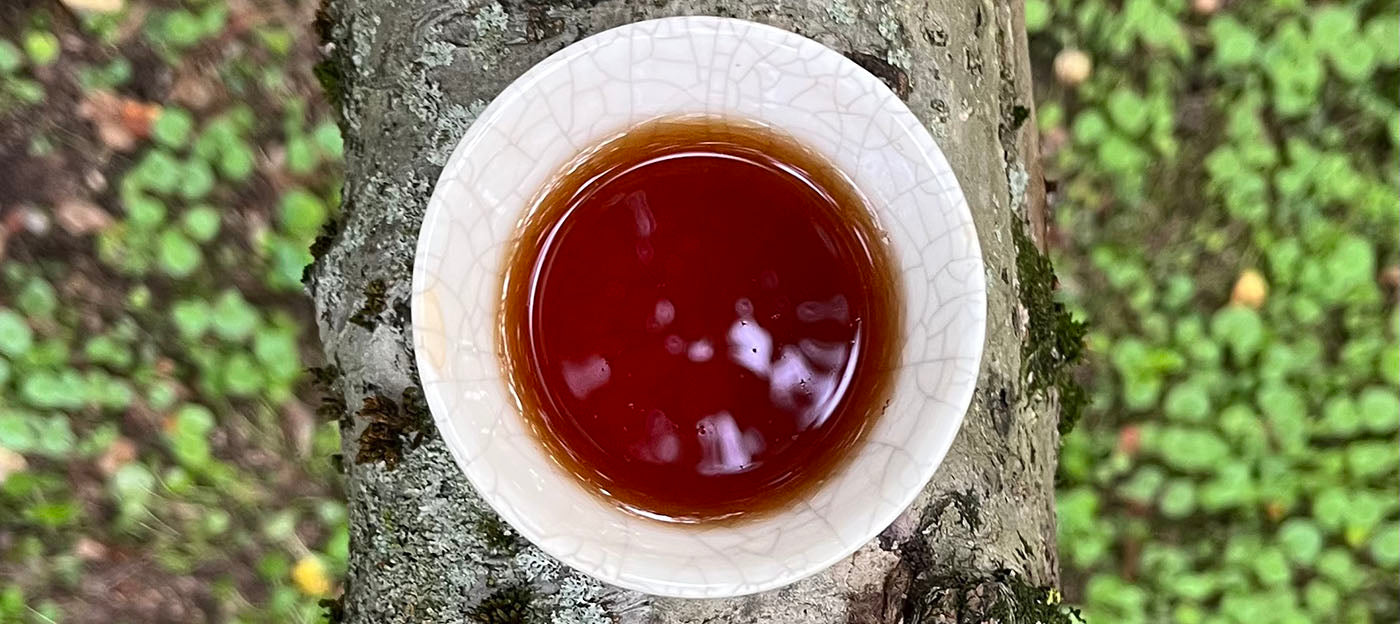

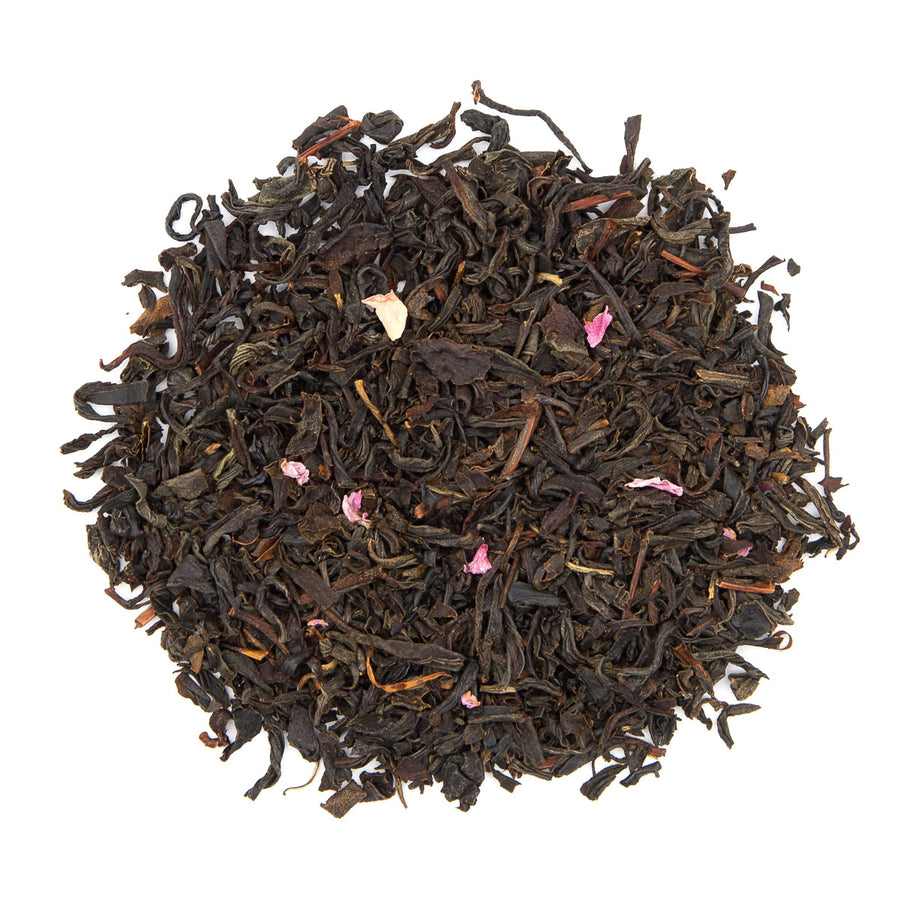
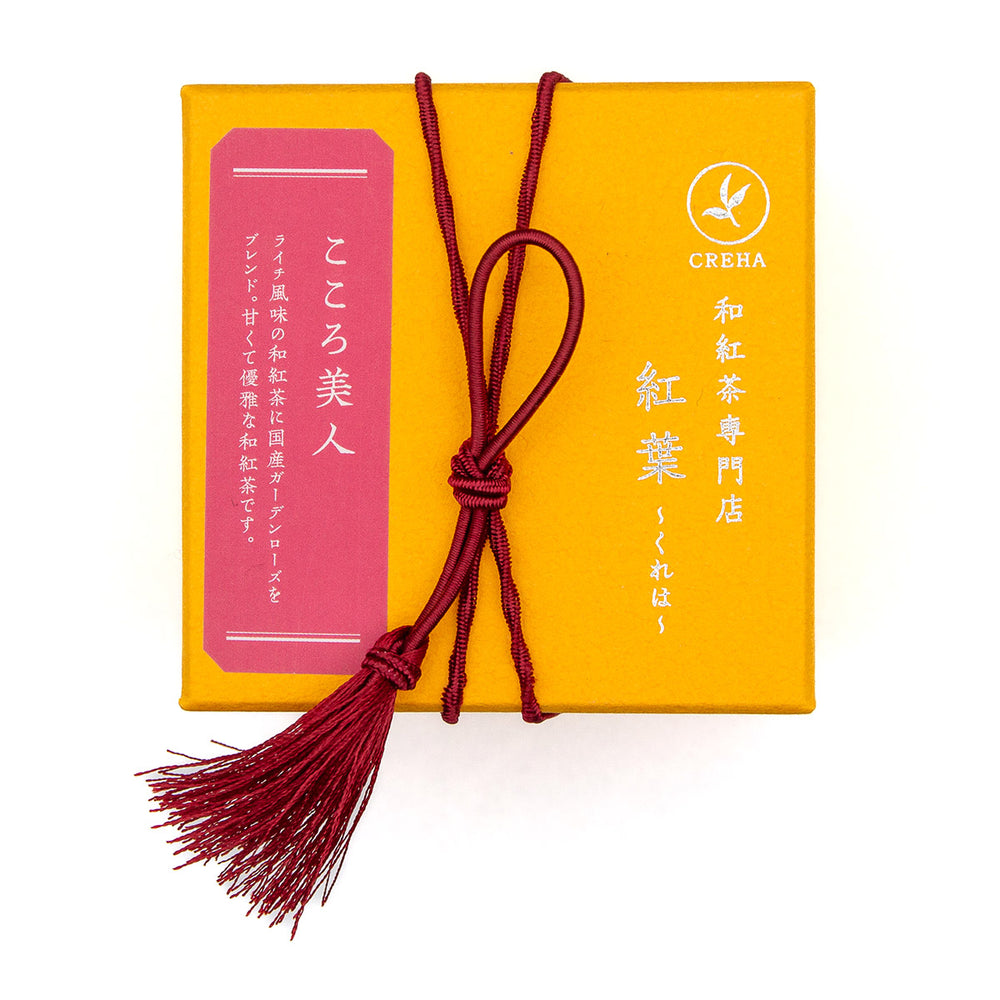
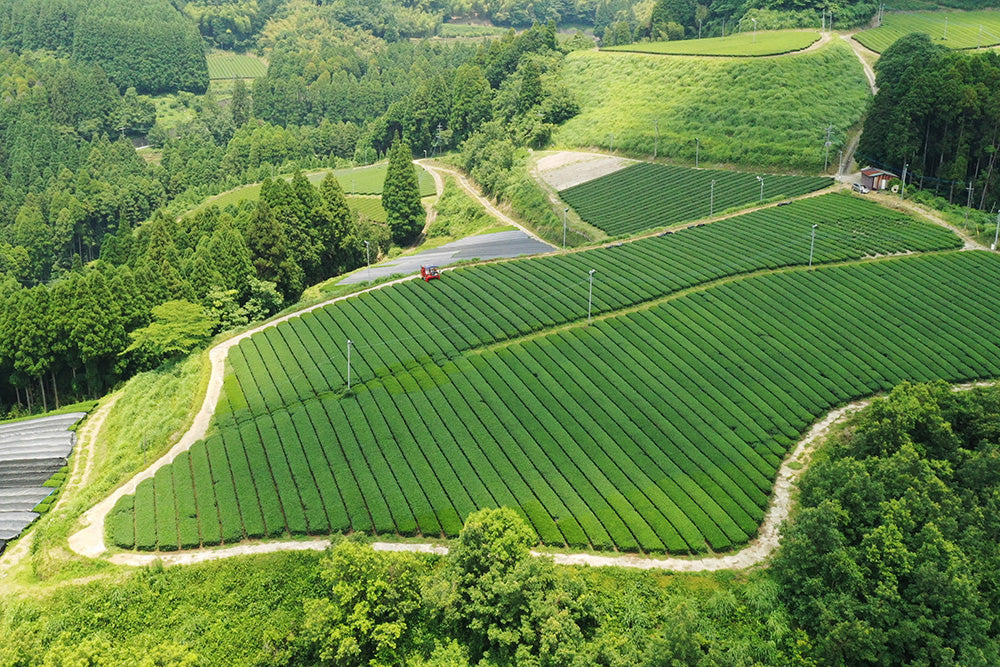

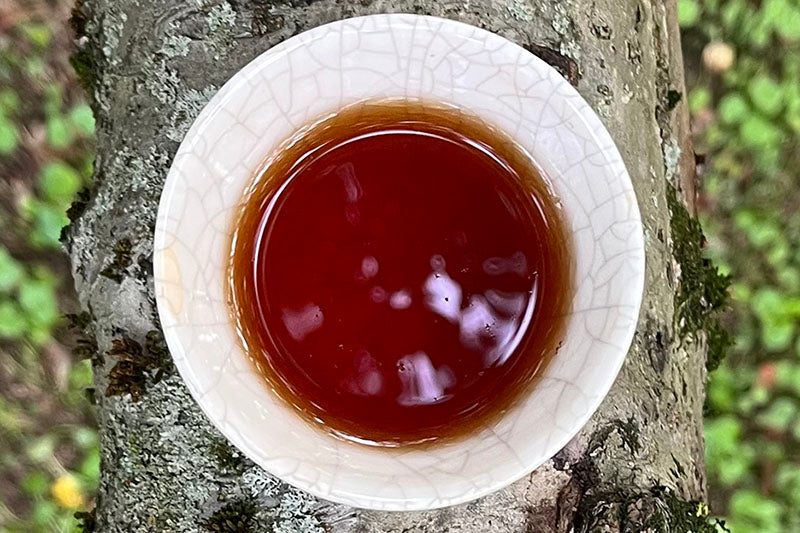
Leave a comment